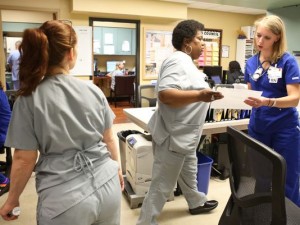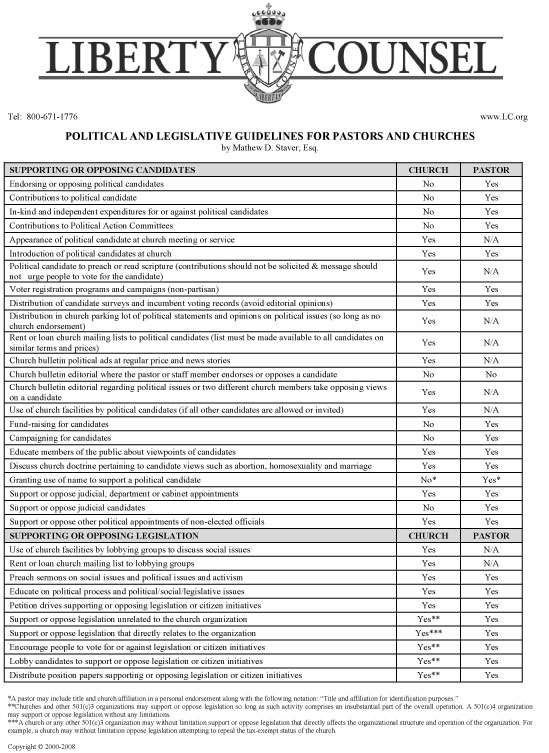By Gaye Clark
(WNS)–Across the country, fewer nurses are working longer hours while caring for sicker patients.
On Feb. 9, nurses across the state of New York gathered in Albany to ask lawmakers to pass legislation that would set minimum staffing levels for hospitals and nursing homes. Making such levels a matter of law, they say, would improve patient safety and outcomes.
“There are times when you wind up with 16, 17 patients,” said Rose Green, an ER nurse in Brooklyn. “You cannot provide appropriate care to that many people.”
 And the problem isn’t confined to New York. Current federal regulations require hospitals to “have adequate numbers of licensed registered nurses … to provide nursing care to all patients as needed,” but offer no specifics. The proposed New York bill calls for a 1-to-1 ratio in the operating room, a 3-to-1 ratio in the emergency room, and a 5-to-1 ratio in rehab units.
And the problem isn’t confined to New York. Current federal regulations require hospitals to “have adequate numbers of licensed registered nurses … to provide nursing care to all patients as needed,” but offer no specifics. The proposed New York bill calls for a 1-to-1 ratio in the operating room, a 3-to-1 ratio in the emergency room, and a 5-to-1 ratio in rehab units.
Hospital administrators, wary of what they call a “one-size-fits-all” approach, remain opposed to the idea “Hospitals must be able to make their own patient care decisions, period,” said Brian Conway, a spokesman for the Greater New York Hospital Association.
Hospital administrators also expressed concern over cost. As the Affordable Care Act (ACA) rolled out, deep cuts to Medicaid’s supplemental payments for the uninsured (who were presumed to be fewer after the ACA went into effect) forced many hospitals to reduce staff or close. Faced with a $650 million shortfall, New York City Health and Hospitals Corp., the country’s largest public health system, introduced a $300 million cost-cutting plan that will eliminate one-tenth of the corporation’s workforce over five years. The organization plans to cut the equivalent of 1,000 additional full-time staff in the next 18 months to save another $100 million a year.
New York is not the only state where nurse leaders decry higher patient workloads. Last year, lawmakers in Massachusetts convened a hearing when a report named the state among the worst for preventable patient readmissions and infections. Nurses identified low staffing as the primary culprit.
“Our patients are suffering,” Massachusetts Nurses Association President Donna Kelly-Williams testified at the hearing. “Every day that goes by without a law in place means more preventable medical errors, more avoidable complications, increased lengths of stay and readmissions. In some cases, it is the difference between life and death.”
Multiple research studies indicate lower nurse-patient ratios can save both lives and money. For example, hospitals that routinely staff with 1-to-8 nurse-to-patient ratios experience five additional deaths per 1,000 patients than those staffing with 1-to-4 ratios, according to the Journal of the American Medical Association. In another study, heart failure readmissions, which cost $34 billion each year, were found to be lower with higher nurse staffing levels.
“While it looks like hiring more nurses … would be more expensive, in terms of reducing length of stay, they pick it up at the back end,” DeAnn McEwen, president of the California Nurses Association, told Nurse.com
Though equally concerned about low staffing, the American Nurses Association does not see mandated patient ratios as the solution. Instead, it has lobbied for passage of the Registered Nurse Safe Staffing Act, which would require Medicare and participating hospitals to establish registered nurse staffing plans using a committee comprised mainly of direct care nurses to ensure patient safety, reduce readmissions, and improve nurse retention.
While hospital administrators and nurses argue over staffing, patients suffer.
“Patients don’t know what’s going on,” Suzanne Mattei, author of a recent consumer advocacy report, told Syracuse Media Group. “Will it take the nurse 20 minutes to answer my call light? If you need pain medication, 20 minutes feels like forever.”







